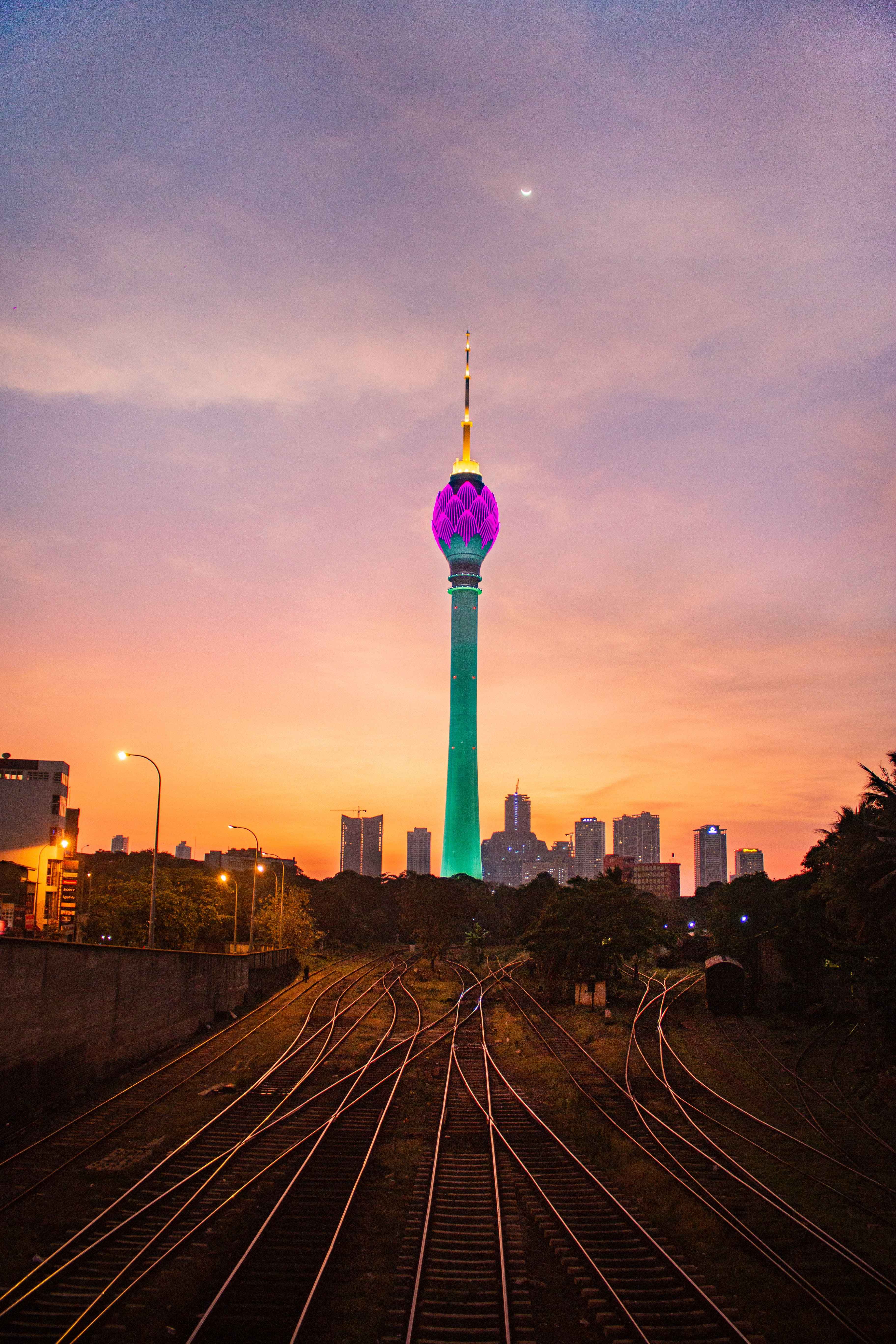Sri Lanka Travel Guide
Best Time To Visit

Click the tags below to view the travel guide details
Sri Jayawardanapura Kotte
Colombo
+94
Sri Lanka Standard Time is five and a half hours ahead of GMT. (Allowance should be made for summer-time changes in Europe.)
Buddhism (69%), Hinduism (16%), Islam (8%), Christianity (7%).
Sinhala, Tamil. English is widely used and understood in tourist areas.
Sri Lankan Rupee (LKR)
Credit cards are widely accepted in Sri Lanka, particularly Visa and Mastercard. This is true for cities, most towns and other touristed areas. It’s illegal in Sri Lanka to make card transactions in a foreign currency so be sure to choose Sri Lankan rupee if given the choice.
Be sure to carry some cash as you travel around Sri Lanka.
On the coast the average temperature is about 27° C. The temperature rapidly falls with altitude. At Kandy (altitude 450m) the average temperature is 20° C and at Nuwara Eliya (altitude 1890m) it’s down to around 16°C.
Sri Lanka uses 230V/50Hz and has two types of plug sockets that are commonly used. One has three round pins in a triangular pattern and the other is three rectangular pins in a triangular pattern. To avoid the hassle of having to buy new adapters for everywhere you go, we recommend picking up a Universal Travel Adaptor before you leave.
Light, loosely-fitting clothing is a must in any hot and humid tropical climate. However, in Sri Lanka’s Hill Country, the high altitude and low cloud mean it can get quite chilly, so pack a jacket, sweater or fleece. Swimwear is fine around pool or beach areas, but not inside the hotel. Most important, you must be fully covered—including long dresses (or saris/sarongs) and trousers—when visiting Buddhist temples and other places of worship.
Pictures. Photographing airports, dams, roadblocks, and anything else to do with security or the military is forbidden. And don’t pose beside or in front of, or in any way disrespect, a statue or image of the Buddha.
Permission should be taken for motion Filming & still photographs.
We recommend that you drink only bottled water, either from supermarkets and reputable shops, or obtained from your driver/guide.
if you should feel queasy—perhaps after over-indulging in some of our hot and spicy culinary delicacies! —king coconut water is renowned for settling an upset stomach.
Minor health problems can always be treated by doctors with practices in the resorts and elsewhere in the country. If you have a more serious problem, Colombo, Kandy, Galle now boasts a selection of modern, well-equipped private/Government hospitals offering the latest in conventional medical and surgical therapies.
Mosquitoes are the bane of the tropics, but a little repellent goes a long way. Many brands of creams and sprays are widely available in shops and pharmacies, and your driver/guide will also have a plentiful supply.
UV light, the rays that cause sunburn, are particularly strong in the tropics, even though haze and light cloud. Make sure you have—and use! — the right filter factor for your skin type, plus an after-sun moisturizer.
Tipping is generally expected in Sri Lanka but how much you leave depends very much on the context.
Drivers/Guides
If you have hired a private driver or tour guide for the day then a tip of around USD $15-20 per day is a good way of showing your appreciation if their service has been up to scratch.
Restaurants
Restaurants will usually expect around 10% on top of the bill. LKR 500 – 1000 tip is enough at most restaurants.
Hotels
- Room boy/girl LKR 300 – 500
- Pool boy LKR 300 – 500
- Bell boy/porter LKR LKR 300 – 500 depending on how far he has to carry your luggage
- Shoe keepers at temples approx. 100-200 LKR
- Safari jeep drivers/assistants approx. 1000 LKR
What is the expected etiquette in Sri Lanka?
- Don’t try to sneak into temples and mosques that forbid non-Hindus or non-Muslims
- Never touch a carving or statue of a deity within a temple
- Do not touch locals on the head or point the soles of your feet at a person, religious shrine or image of a deity. This is very disrespectful.
- Take care to dress conservatively and ensure that limbs are covered when entering any place of religion. Please also ensure footwear and headwear is removed if entering any Buddhist, Hindu or Muslim place of worship.
- Both ladies and gentlemen will need to dress conservatively and cover all shoulders and knees when visiting any sacred site in Sri Lanka including Dambulla, Kandy Temple of the Tooth, Polonnaruwa and Anuradhapura.
- Ladies should avoid wearing ‘clingy, tight or suggestive attire, and stick to cool, flowing cottons in busy city areas and markets. T-shirts are fine.
- Beach attire is fine on beaches, in a resort or by a hotel pool and at tourist sites only.
- Nudity and topless bathing are prohibited. Heavy fines can be imposed.
- Displays of intimacy are not considered suitable in public.
- Ex-military style clothing should not be worn.
- It is polite to ask permission before taking photos of people.
- Use your right hand for giving, taking, eating or shaking hands as the left is considered to be unclean.
- Don’t be surprised if you are frequently the center of attention when traveling around the country. Staring unabashedly is not a social taboo.
- Do carry toilet paper with you (or adjust to the Sri Lankan way of using water instead), but don’t throw it down the toilet without first checking to see if there’s a basket to put it in (narrow pipes clog easily).
- Don’t be surprised to see men defecating or urinating in public when restrooms are not available. Women, in the same circumstance, tend to use cover of darkness and huddle in groups.
- Mosques are open to non-Muslims but cannot be visited during prayer time, particularly noon on Friday.
- Photography is prohibited in certain sections of sacred sites. Do not attempt to be photographed with Buddhist bhikkus (monks) or to pose for photos with statues of Buddha or other deities or paintings.
- Do be open and friendly in conversations with locals. Sri Lankans can be quite talkative


